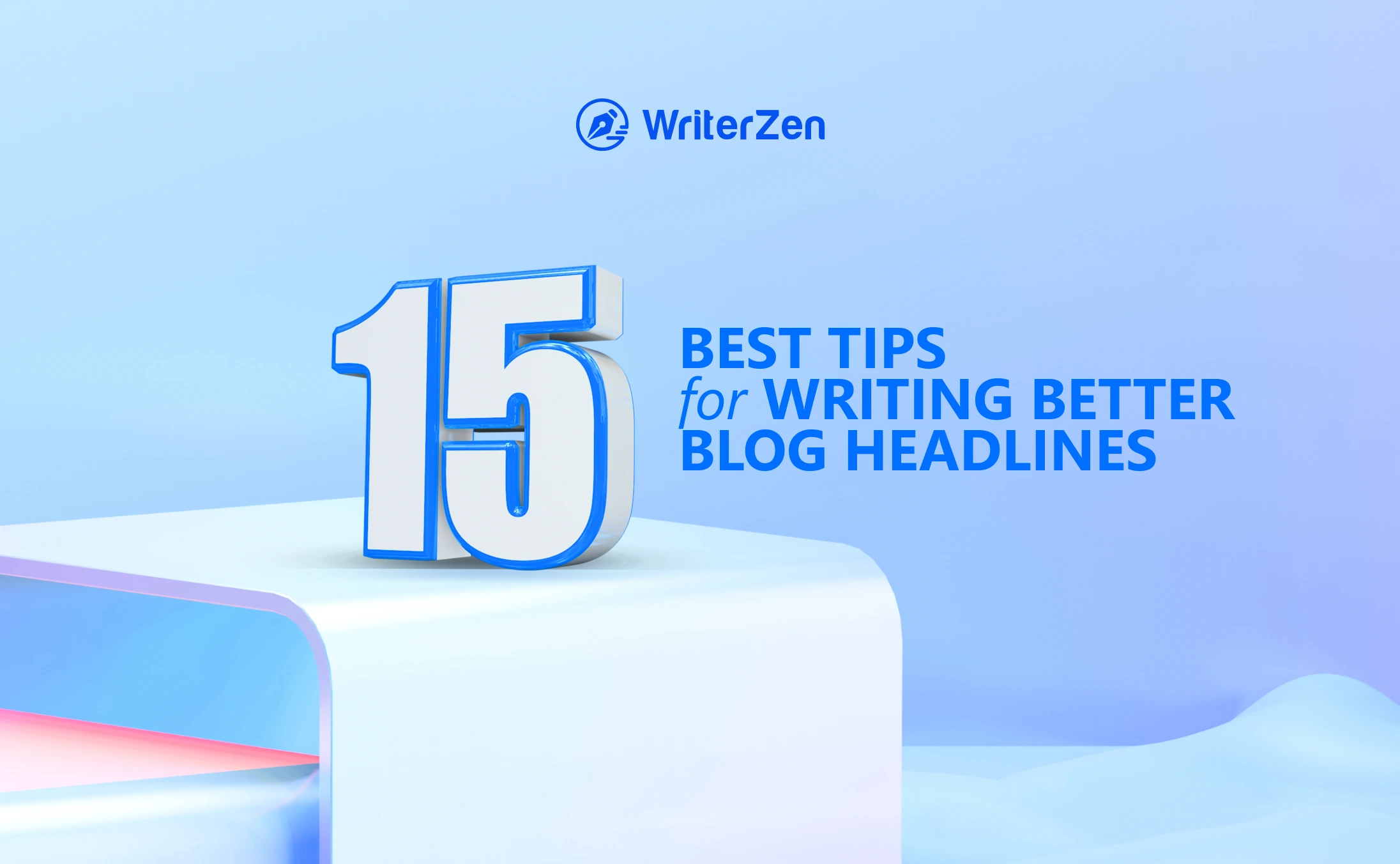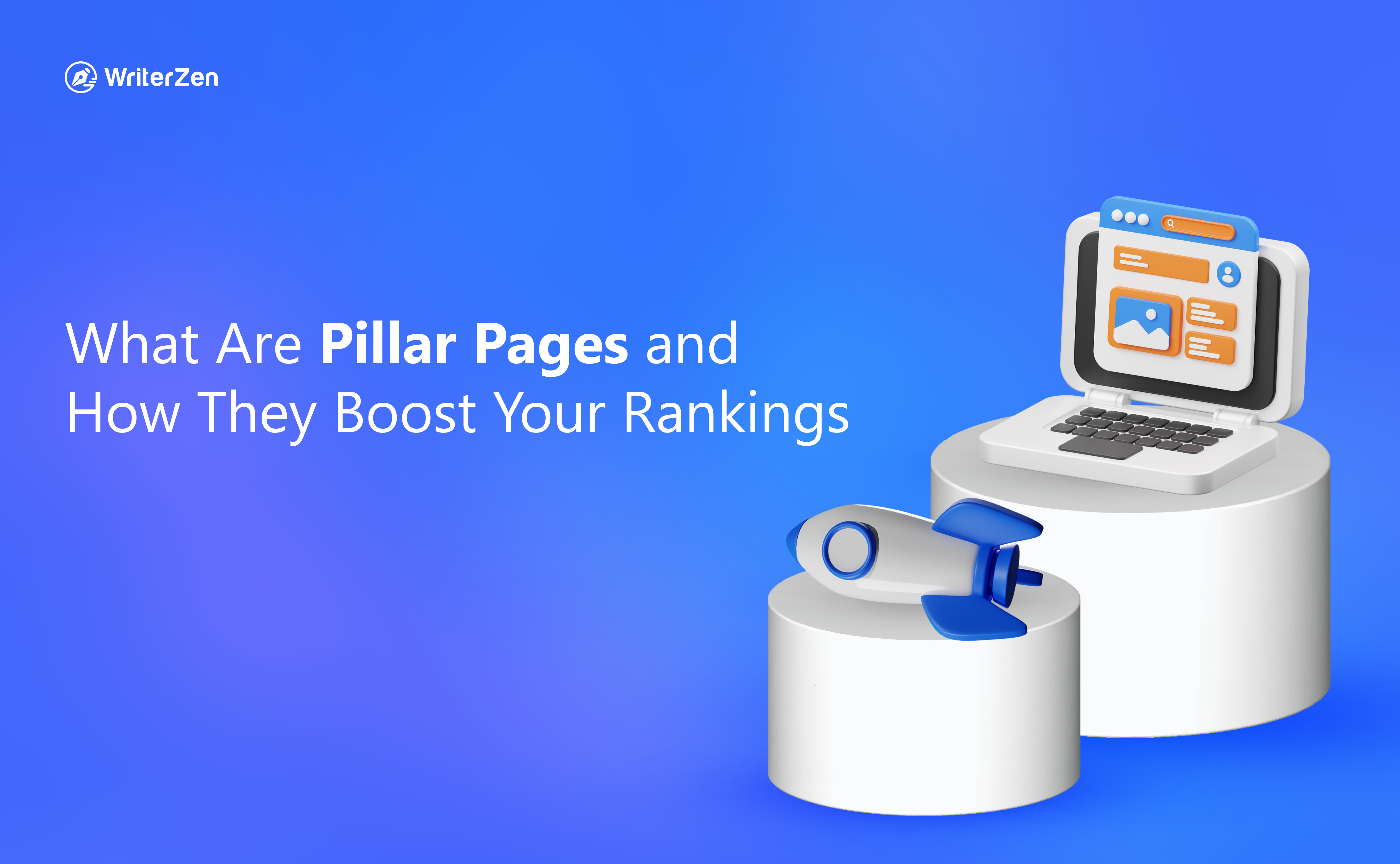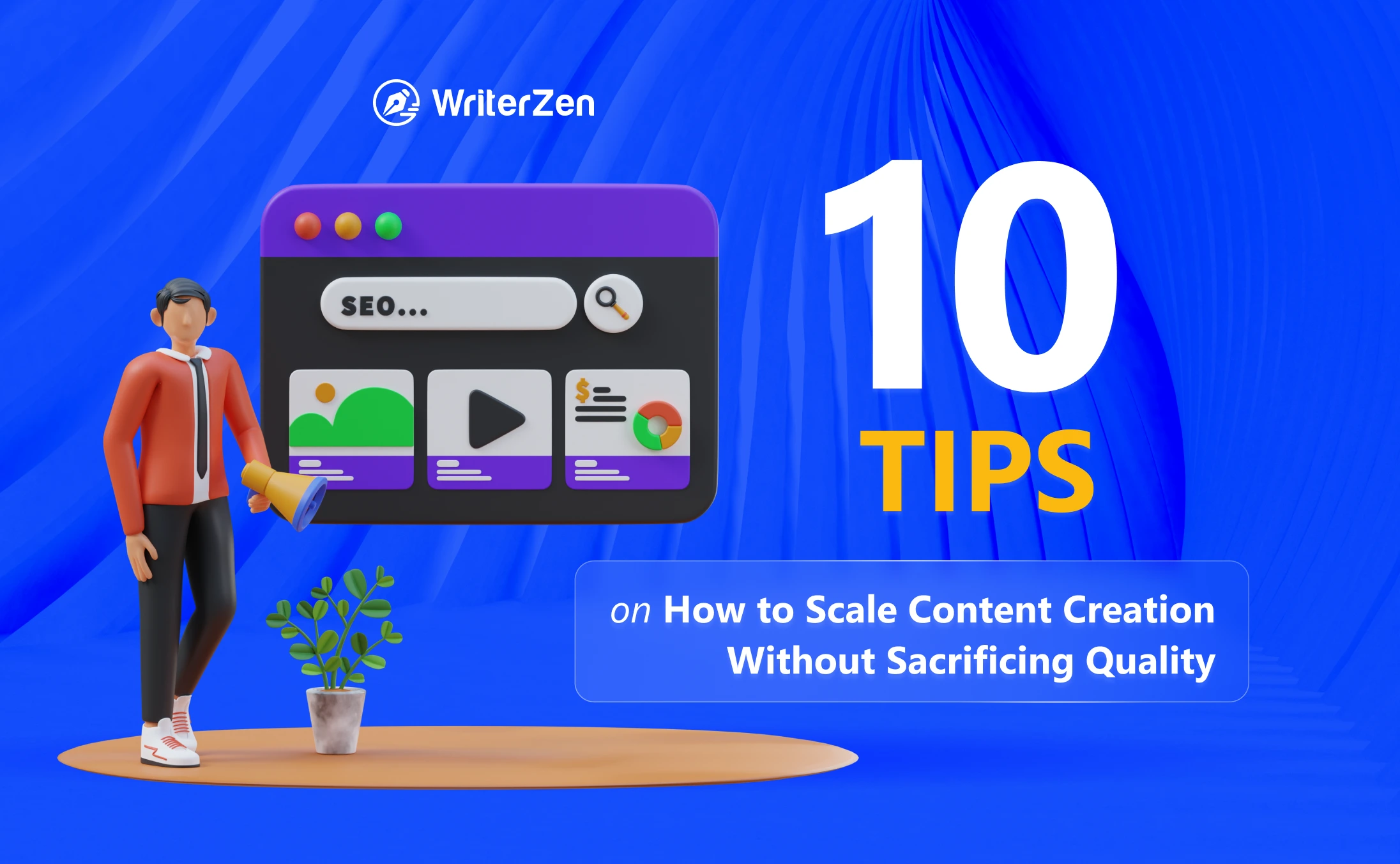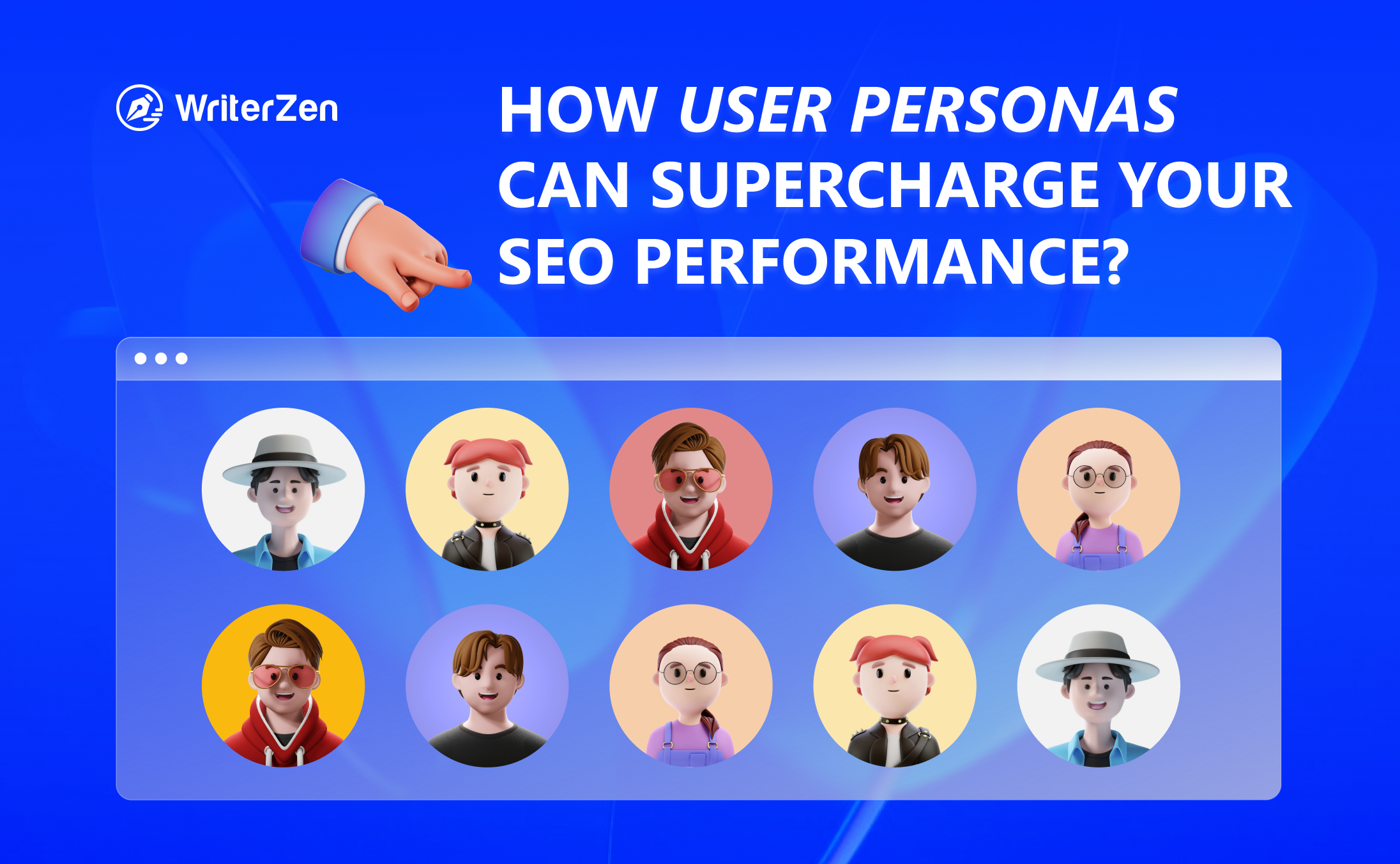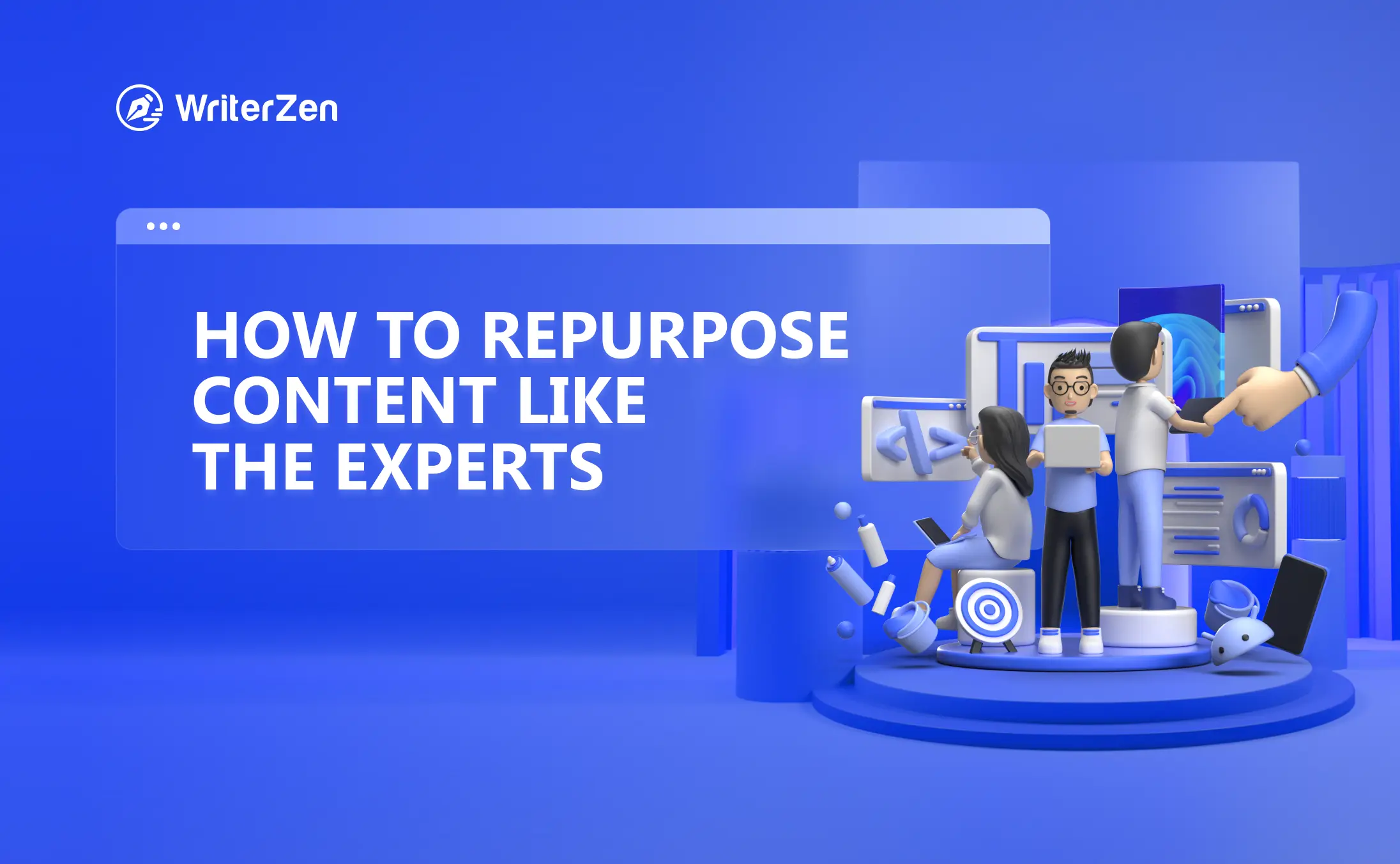Suppose the blog you just posted is impressive and informative. The audience you already had read it and left fantastic feedback.
But you realize that you cannot get new readers to your blog. It may happen due to a lot of reasons; one of them might be the headline, or meta title, of your blog.
In the Search Engine Results Page (SERP), searchers can see a list of headlines for various blog posts. Now, if the headline is compelling enough for the reader, they will click it to read the entire content; otherwise, they will simply move to other posts.
It must have given you an idea of how important it is to develop the best titles for your blog posts. But how do you know whether a headline is good or bad?
Read the following article to learn what makes a good blog headline and tips for writing a great one.
What Makes a Great Blog Title?
There is no hard and fast rule determining whether the blog title is good or bad, depending on the target audience.
As a content creator, your primary goal is to offer value to your target audience through your high-quality content. But again, it is also essential to verify if your headline works well with SEO.
For example, if you write a blog post on the benefits of being vegan and choose your headline as “Why my dog decided to go vegan,” this could go both ways.
Some readers could receive this article well because the title is fascinating and creative. But this article might not perform well in search engine rankings because they do not effectively point out what the blog post is about.
Hence, it might fail to attract many target audiences looking out for the benefits of being vegan.
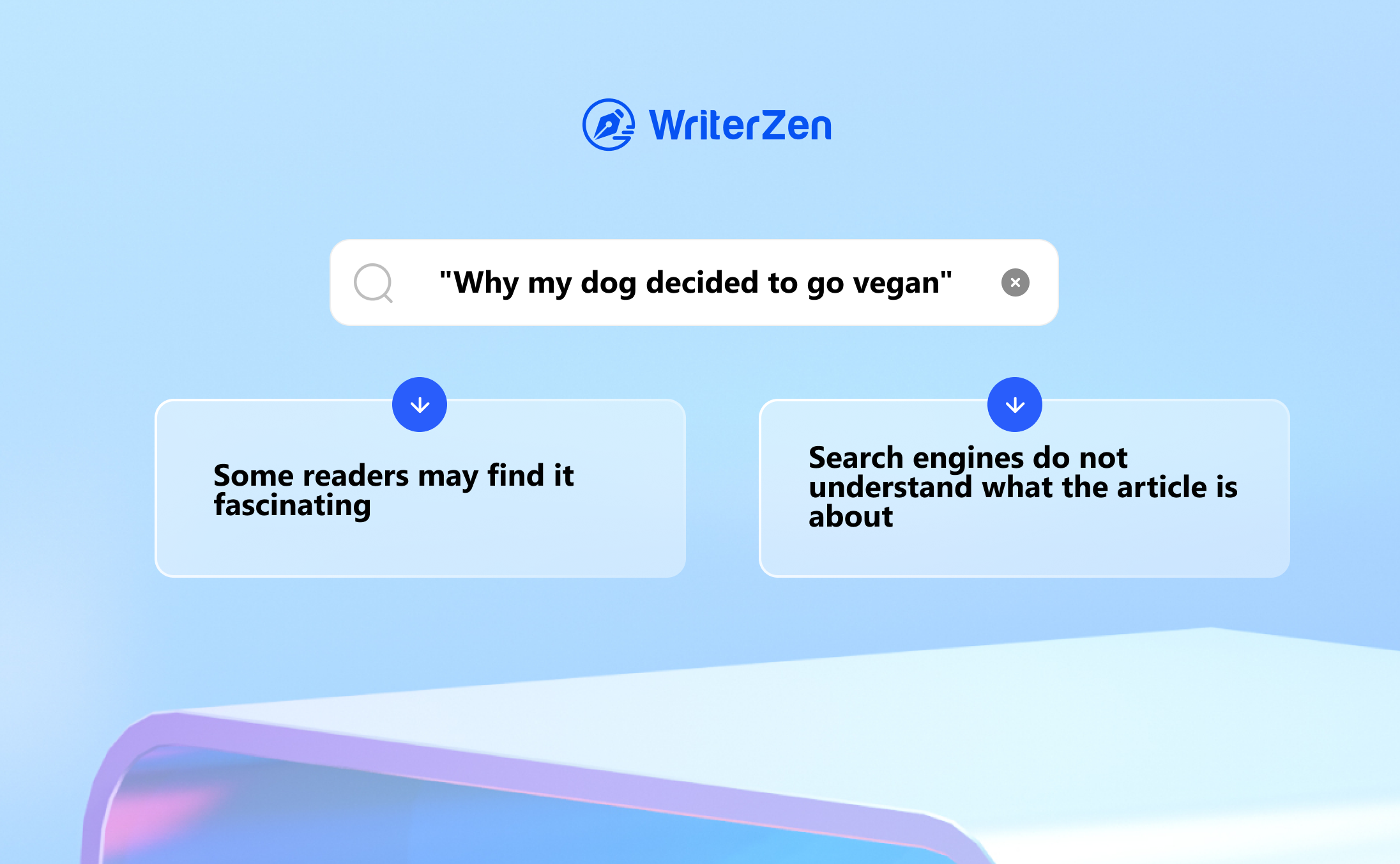
Another example is if you are trying to come up with blog title ideas about life. Would you, as a reader, like to read a blog titled ‘Facts about life’ or the one titled “11 amazing facts to live an extraordinary life?” Probably the second option.
Therefore, the best blog post titles are the ones that effectively convey the purpose of the blog post to the readers while also being captivating and compelling.
Best Blog Headline Writing Tips
Limit the Length of Your Headline Under 65 Characters
It is recommended to keep the length of your blog post headline under 65 characters. This length ensures that it doesn’t get cut off in the SERP and has an aesthetic appearance.
Try to Integrate Numbers into Your Article Headline
Starting your blog headline with numbers or data makes it stand out from the rest in the SERP.
We know that humans are attracted to contrasting colors, which is why they are used in CTA buttons. Similarly, we are also drawn to headlines containing numbers, data, and text.
A quick tip is to use odd numbers in your headlines rather than even numbers. A study showed that headlines containing odd numbers have a 20% more click-through rate than those with even numbers.
Include a Sensible Rationale
Here, the word rationale refers to the fundamental purpose of why the blog post is being written. Using a reasonable rationale enables your target audience to understand what information to expect in the blog post.
Some common phrases that you can use in your blog title templates are as follows:
-
Steps
-
Strategies
-
Tips
-
Ideas
-
Facts
-
Reasons
After integrating numbers and rationale, you can create blog headlines such as:
-
Seven easy steps to create a website
-
13 reasons why you should consider being a vegan
-
11 helpful strategies to use while playing football
Affirm the Value of Your Content
While coming up with a blog post headline, you can demonstrate why your content offering is valuable to the readers. It helps the reader to understand why your blog post is worth the read.
For example, if you use the blog headline “Top 7 e-commerce websites to buy furniture in a few clicks,” this gives the impression that the readers will be able to purchase furniture online fast with just a few clicks.
A headline that promises faster results is always received well by the audience.
Come Up with More Than One Headline At First
Sometimes, there are many good headlines that you can come up with for a single blog post. In this case, it is recommended to jot down all the headlines that come to your mind and then select the best one later.
For instance, if you are writing a blog post on Malaria Symptoms and Treatment, you can jot down multiple titles such as:
-
Everything you need to know about Malaria
-
Malaria - Cause, symptoms, and treatment
-
A guide to symptoms and treatment for Malaria
-
11 symptoms and treatment for Malaria
You can also split test these headlines while mailing your blog post to your target audience, and it will help you understand your audience better and develop headlines in upcoming blog posts.
Use Hyphens and Colons in Your Headlines
A study demonstrated that blog post headlines with hyphens and colons receive more clicks than other headlines by about 9% on average. Integrating hyphens and colons into your headlines enables you to come up with more creative headlines and adds visual variation to your blog headline.
If you are confused about how to come up with creative titles using hyphens and colons, you can use the following technique.
A hyphen or a colon splits a heading into two parts. You can use the main keyword for the first part and then add a persuasive title for the second part.
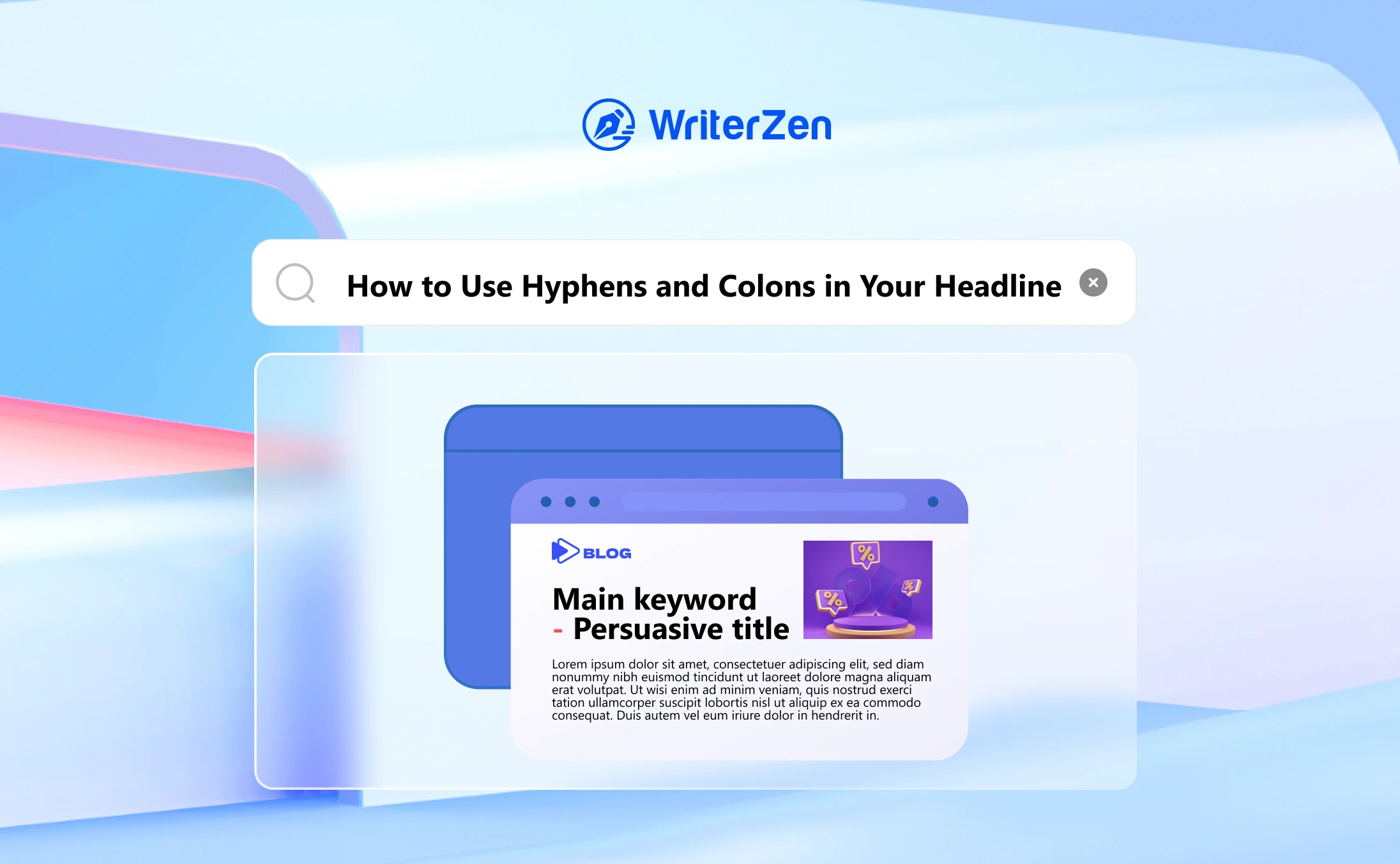
For instance, if you are writing an article about Malaria, you can use the title, “Malaria - cause, symptoms and treatment.”
Please note that it is not a thumb rule to write a title with hyphens and colons.
Integrate Brackets or Parentheses in Your Headlines
Similar to hyphens and colons, brackets and parentheses add visual variety to the blog post headline.
Some of the ways you can add brackets or parentheses into your headlines are:
-
You can use it to add bonus items to your blog. For example, “9 tips for creating an attractive resume (free resume template included).”
-
You can use it to integrate a wow factor that make the reader want to click on the headline. For example, “Nine tips for creating an attractive resume (#5 was a game changer to getting interviews).”
-
You can also use it to add more credibility to your blog headline. For example, “Nine tips for creating an attractive resume (Helped 1000 candidates to get interview calls).”
Use Powerful Verbs and Adjectives
Blog readers are generally more attracted to powerful adjectives and verbs. You can use powerful words such as intelligent, shocking, hacks, etc.
It is also suggested that readers are fascinated by titles with action and exciting words.
For instance, if you are trying to develop blog title examples for students bunking classes, you can use titles such as “11 dark realities about students who do not attend classes.”
Use Questions as Your Blog Post Headline
Using questions as headlines can create curiosity. If the question is captivating enough and the readers want to know the answer, they are bound to click on the blog link to read the rest of the blog post.
You need to ensure that you don’t ask simple and redundant questions though; the questions should be thought-provoking. For instance: “Are you making these five common mistakes while cooking?”
Optimize Your Headline for SEO Keywords and Search Performance
It is a common content marketing strategy to conduct keyword research to get the best keywords for your blog that are searched frequently by internet users. This technique helps increase your ranking on the SERP and organic traffic to your blog page.
That is why you should include these keywords in your headlines. It might take a little more time for you to come up with a great headline that contains SEO-optimized keywords, but it will be worth it in the end.
Using Negative Tone in the Blog Headlines
A study found that blog post headlines containing negative tonality and words like “worst” or “never” had 30% more responses than headlines without negative words. The same study also demonstrated that usage of positive words like ‘best’ had 29% lesser response than the headlines without the positive words.
There is no obvious reason for this phenomenon, and one reason that might lead to this result is the overuse of positive words in headlines nowadays. Therefore, you can try coming up with articles with a negative tone or word and see how it works.
For example: If you are writing a blog post about safe driving, it is better to use the blog title as “9 things to remember to avoid road accidents” rather than “9 things to remember for safe driving.”
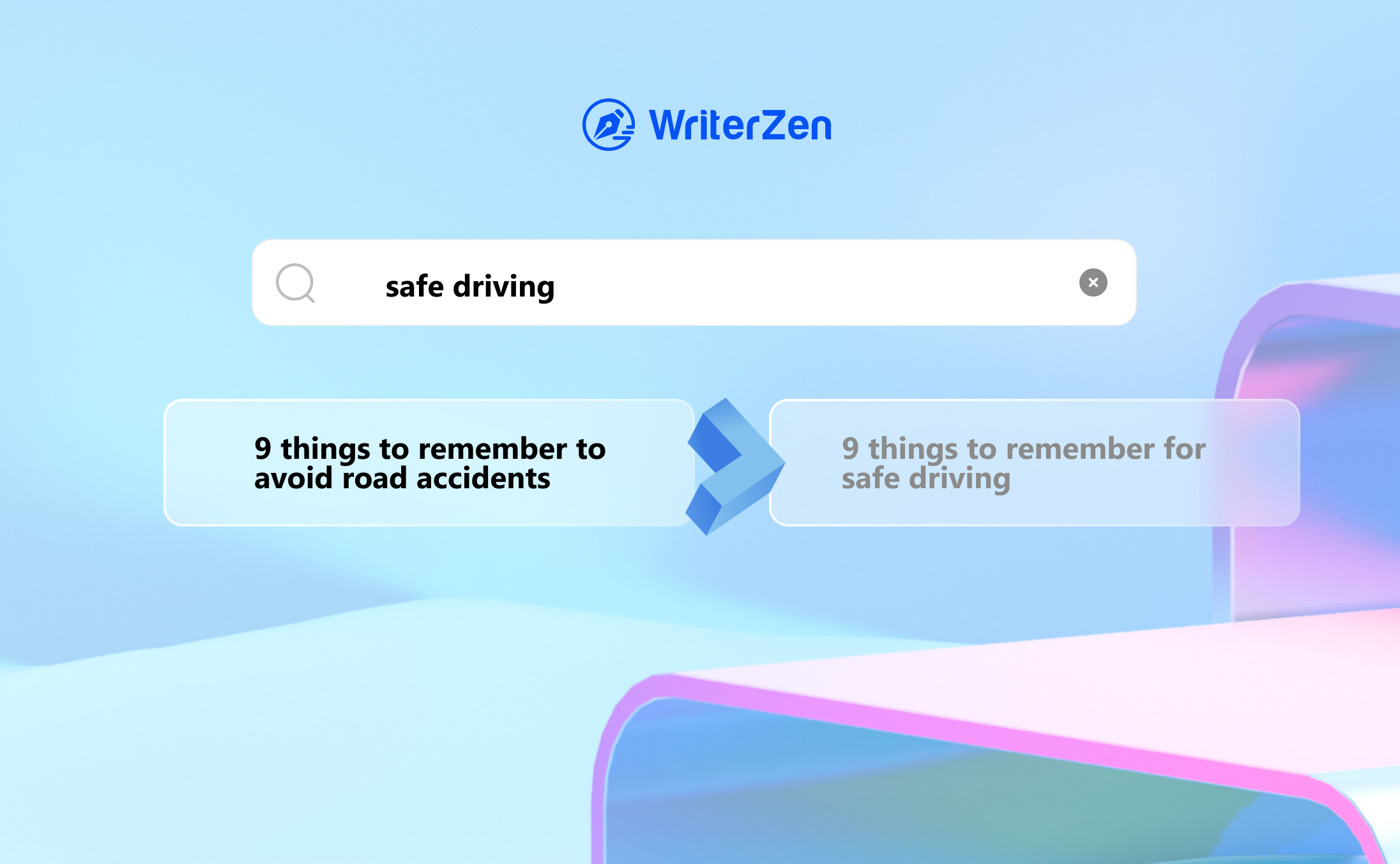
However, remember to use this tip mindfully, as not all topics need negative words.
Don't Forget to Write Good Sub-Headlines
One of the best ways to practice writing blog titles is to develop great subheadings for a blog post. Most content creators put a lot of effort into writing good headlines but don’t care enough about the subheadings.
When you come up with engaging sub-headlines, the readers are curious and excited to read the succeeding sections of the post. And apart from this, this will also help you practice writing better headlines.
Also, most of the content pieces on the internet have the final section titled “Conclusion.” As a content creator, you can put in a little more effort and develop another fascinating subheading for your last section.
Consult Other Blog Posts on Your Topic
As a content creator, you must know the top-ranking articles trending on search engines. You can conduct a Google search for the topics you plan to write. It will provide you with a list of competing blog posts that you can use to derive good ideas for your content.
After reviewing some competing blog posts, it is recommended to ponder how you can come up with a more interactive and compelling headline than the competing blog post.
Keep the 5Ws in Mind
You must know about the five Ws most commonly used to ask questions. They are:
-
What
-
Where
-
Who
-
Why
-
When
These interrogative words help engage the readers to understand the article's purpose. You should use them in your blog post headlines to compel the audience to click on the blog headline.
Take Inspiration from Your Past Successes
After you have considered all the above tips and successfully posted several blog posts with catchy headlines, you can always take inspiration from your past blog post headlines to come up with headlines for future blog posts.
Final Thoughts
A blog post headline is an essential component of your content, If your headline is not compelling enough, there is a high chance the reader will just move on to the following result in the SERP.
Hence, it is crucial to put in some effort to develop compelling headlines.
Hopefully, the tips mentioned above have given you a boost to write great headlines for your upcoming blog posts.


